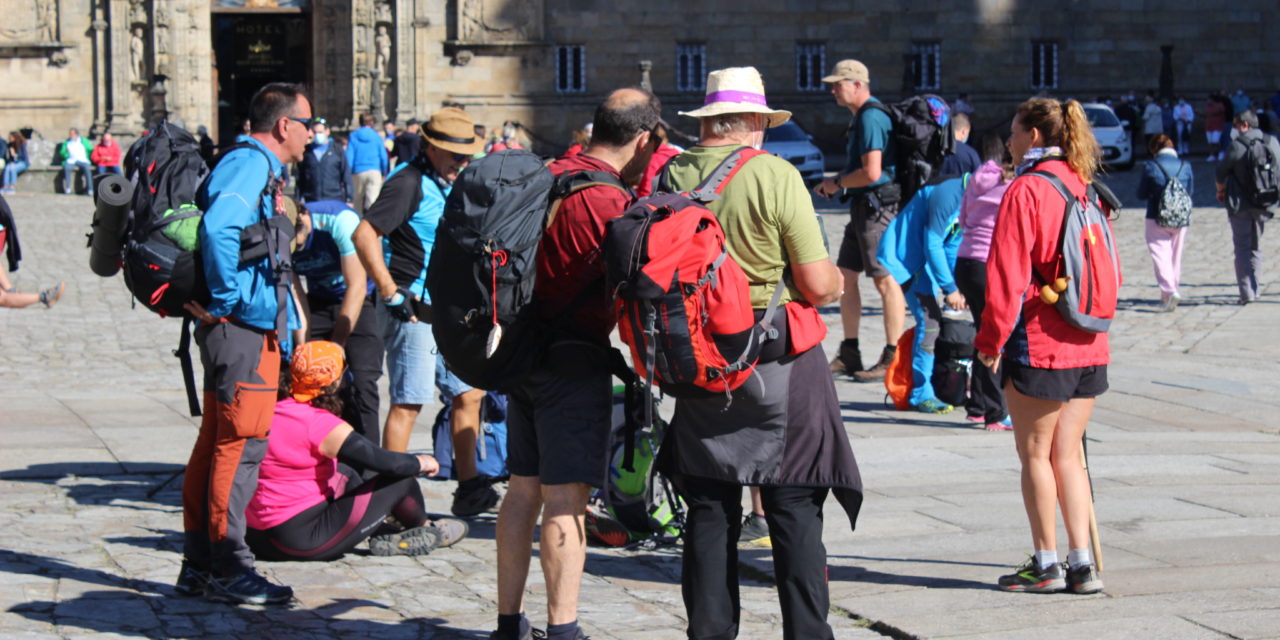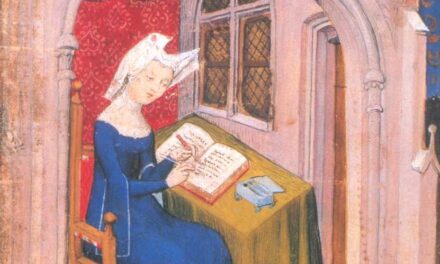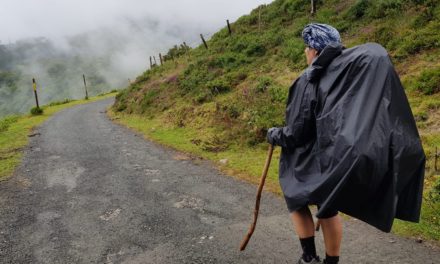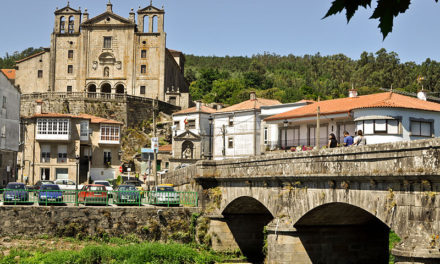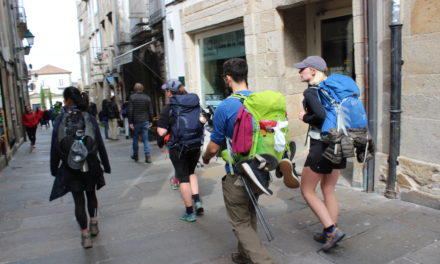The Camino is reborn … and is again multicultural !! 48% of the pilgrims who collected the Compostela in October were foreigners.
In October 31,465 pilgrims collected the Compostela: 16,241 men and 14,929 women. Of them 29,236 traveled the Camino on foot; 1,875 by bicycle; 55 on horseback; 3 in a wheelchair; 2 by sailing.
Their home countries were: 16,586 Spain; 2,406 Portugal; 1,952 United States; 1,901 Germany; 1,303 Italy; 980 France; 579 Holland; 509 United Kingdom; 461 Mexico; 368 Brazil; 326 Ireland; 317 Poland; 301 Colombia; 277 Canada; 252 Denmark; 223 Belgium; 189 Switzerland; 177 Austria; 177 Czech Republic; .151 Argentina. Small numbers of pilgrims arrived from other countries, including 238 from Asia, 39 from Africa and 38 from Oceania.
The most traveled was the French Way (16,721); followed by Central Portuguese (6,669); Primitive (1,625): English (1,620); Portuguese by the Coast (1,521); North (1,424); Via de la Plata (898); other ways (355); Winter Road (199); Fisterra-Muxía (128).
The main starting point was Sarria (8,049), but the following are the starting points for long-distance routes: S. Jean P. de Port (2,705) and Porto (2,193). They were followed by: Tui, Ferrol, Oviedo, Valeça, O Cebreiro, León, Ponferrada, Roncesvalles, etc. Some hundreds of pilgrims begun their journey from very distant points such as Le Puy.
There were no incidents and the pilgrims who arrived in Santiago did so following the hygiene and safety regulations and respecting the restrictions. In all of Spain and, particularly, in Galicia and Compostela, the health situation has improved a lot, it now possible to spend the night in all the centers of the Camino, to use the hotel services, to pick up the Compostela, to attend the Pilgrim’s Mass and to visit the cathedral. Most of the public and private hostels are open.

